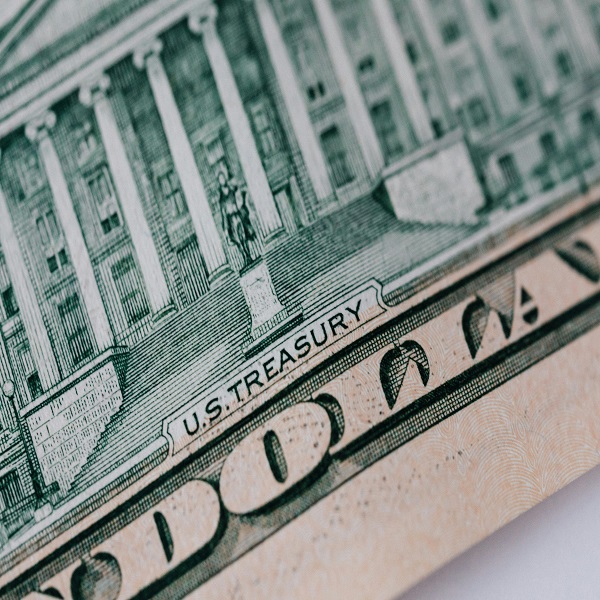Over the years, the number of fraud cases and reports have skyrocketed. Criminals are using Artificial Intelligence (AI) to carry out fraudulent activities and other crimes. Interestingly, AI is also being used to combat advancing cyber security threats. This is why AI is often referred to as a ‘double-edged sword’.
In late 2022, the US Treasury Department started using AI-powered fraud-detection tools to spot fraud. The Department told CNN that this AI driven process of detecting fraud recovered $375 million in the 2023 fiscal year alone. That was the first time that the US Treasury publicly acknowledged it is using AI to catch fraudsters. The Internal Revenue Service (IRS) had also announced a few months earlier that they were using AI to catch tax cheaters. An increase in fraudulent activity since the pandemic is one of the main reasons the for the department adopting AI tools. It has been instrumental in identifying and stopping high-risk transactions.
The results have been impressive. This same machine learning AI has helped the US Treasury to go through massive amounts of data and recover $1 billion worth of check fraud in the current fiscal year (October 2023 – September 2024). That’s almost three times what they recovered the year before. By using AI technology, they looked for unusual patterns in transactions, which has led to many arrests by law enforcement.
It’s important to note that the US Treasury does not use generative AI, the kind of AI that powers chatbots like ChatGPT, Gemini or AI image and video generators. Instead, they’re using machine learning and big data analysis. As one expert, Bryan Keighery, a partner at law firm Morgan Lewis, explained, “A well-trained AI can spot subtle patterns in data that humans would find nearly impossible to see.” This allows banks and other financial institutions to search through huge amounts of data to find and stop fraud.
Every day, many people and businesses lose money to various types of fraud. AI has become a key player in fighting these financial crimes. It can go through enormous amounts of data and spot subtle patterns much faster than humans. As Renata Miskell, a top Treasury official, said, “Fraudsters are really good at hiding. They’re trying to secretly game the system. AI and data analysis help us find those hidden patterns and unusual activities, and work to prevent them.”
The problem of online payment fraud is expected to get worse, potentially costing over $362 billion by 2028. To combat this, the US Treasury is ready to support federal programs to proactively use data and new technologies to reduce the risk of financial fraud.
With these developments, it is important that organizations, businesses and individuals take advantage of AI technology to improve the security of their data. This can prevent them from being victims to fraud or identity theft. Other government institutions should also follow the US Treasury’s lead and use AI to enhance their services and protect their citizens. As technology continues to advance, we can expect AI to play an increasingly important role in keeping our financial systems secure.





